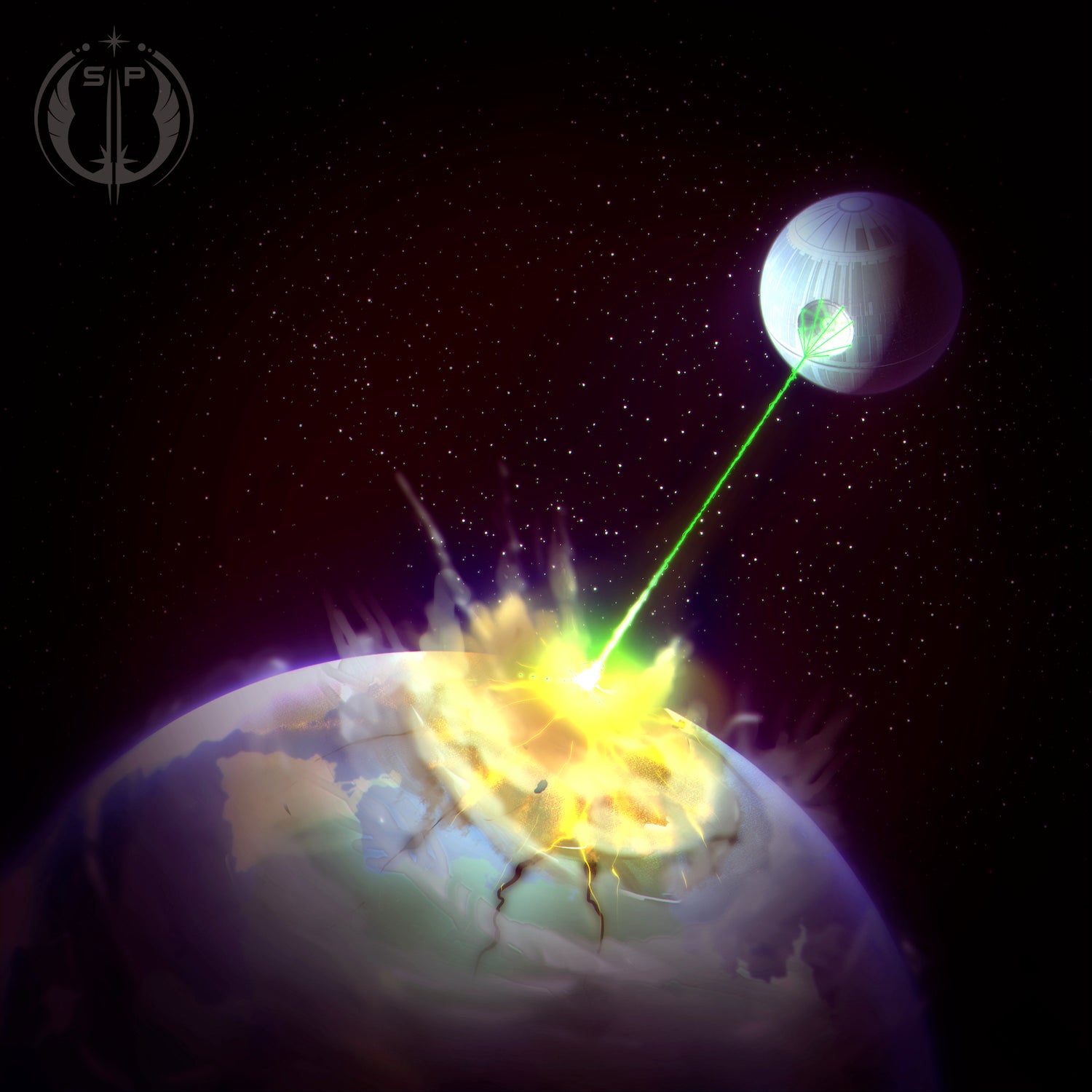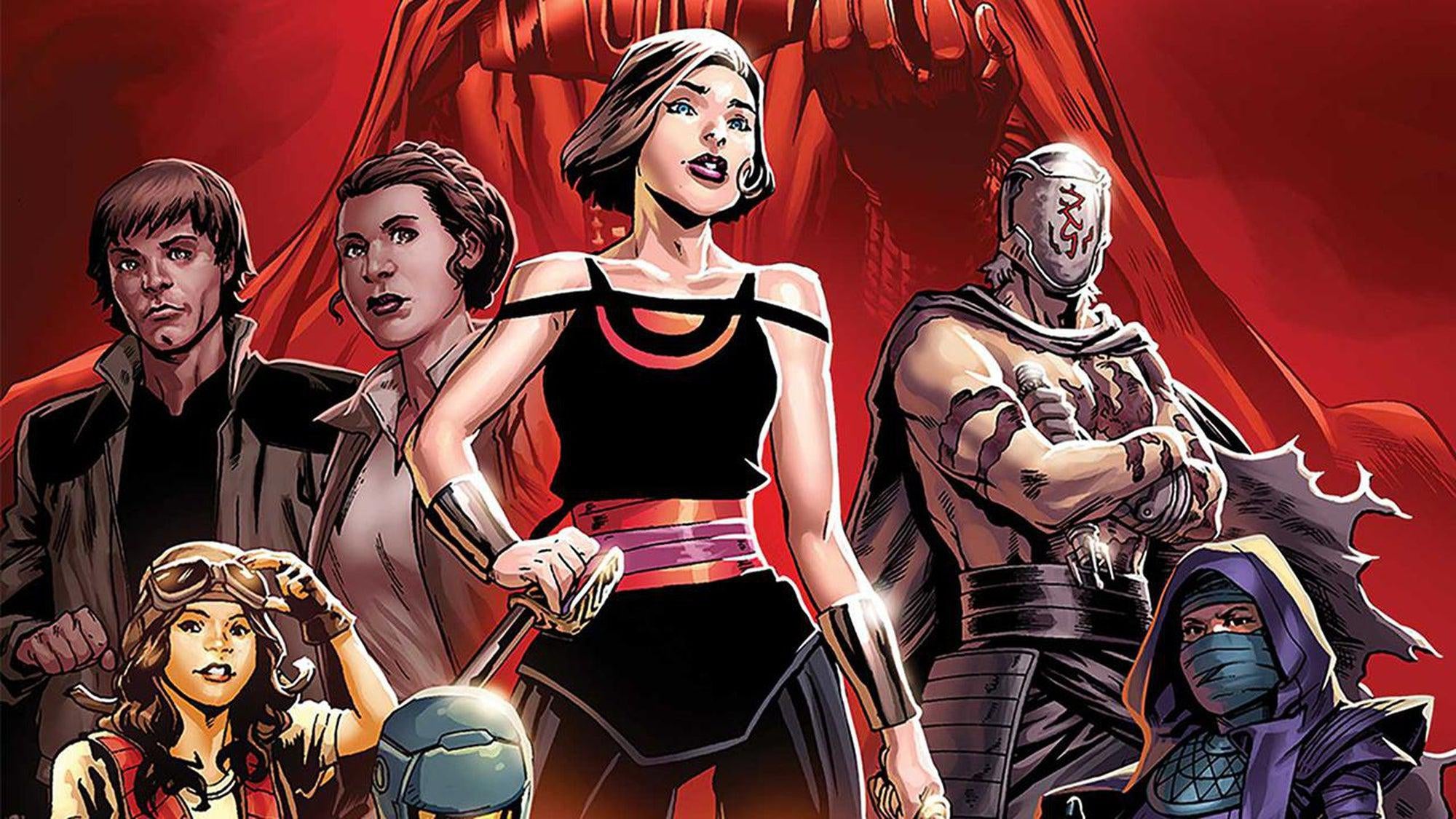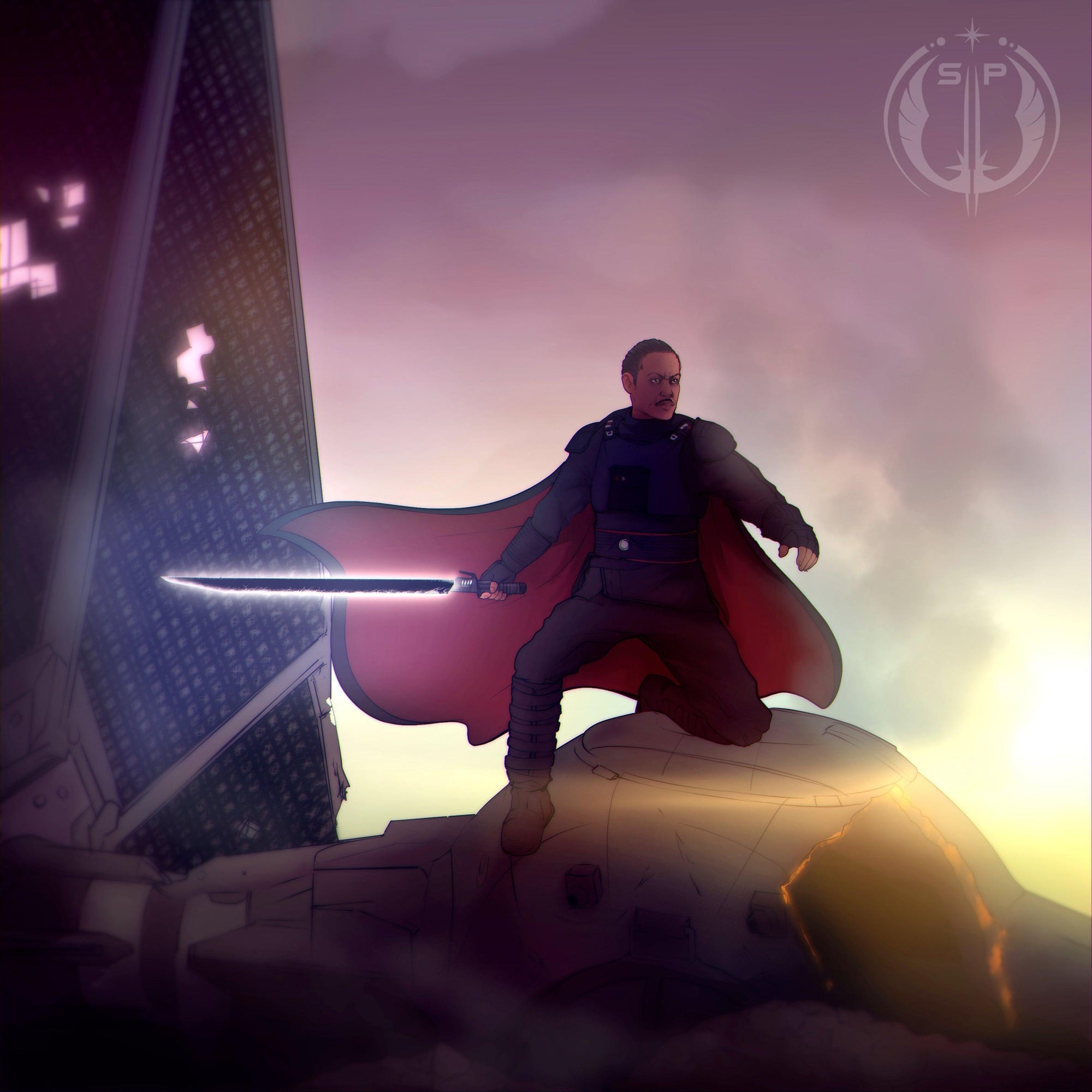
The Death Star: A Sound to Define a Generation
In 2015 during an interview at the Tribeca Film Festival in New York, famed host Stephen Colbert interviewed George Lucas. The creator of Star Wars admitted to everyone in the crowd and listening online that he never thought the original film would succeed. The only one of all the people Lucas showed the early film to before release that thought it would be a hit was close friend and filmmaker Steven Spielberg.
Little did they know the cultural juggernaut being created would redefine science fiction and film for generations. From the first swoosh of a lightsaber to the mystery of the Jawas, ILM (Industrial Light and Magic) fascinated crowds with incredible designs that ignited our imaginations and, oddly enough, our ears.
The Birth of the Death Star Sound
The problem with making a film in deep space is that the popular public thought is that space is a vacuum. We do not know if there is a sound that can travel in a vacuum unless we turn to modern physicists to correct our ideas.
That did not stop famed sound designer Ben Burtt from creating the sound effect soundtrack we have all grown to love.
The idea behind the Death Star sound effect was to create an overwhelming sense of size in our minds. For that, Burtt needed to impart low rumbling and rhythmic pounding like a heartbeat to represent the immense space station. He wanted to make the Death Star feel alive and powerful.
Many of the other sounds in the Death Star were recording short wave radios and the echoed space of mechanics in the Mount Palomar Observatory. A great YouTube in-depth commentary from Burtt is worth listening to that goes way into detail about how the sounds were made.
You have to keep in mind this is the same genius that created the drone of the lightsaber, the digital burps of R2-D2, and the creepy breathing of Darth Vader. Next to John Williams, who wrote and conducted the soundtrack, Burtt influenced the overall sensory experience of Star Wars.
He was initially called up by Lucas after Walter Murch, the creator of sound work for American Graffiti wasn’t available. The first problem was creating Chewbacca’s growl, which ended up being a blend of dog, lion, seal, walrus, tiger, camel, badger, and a mournful young cinnamon bear. After this success, he was hired to do the rest of the movie.
This is the same guy that wandered around Los Angeles with a 25-pound Nagra tape recorder to capture everything from local airports to the Angeles National Forest. That is why the sound of a TIE fighter is an elephant trumpet shriek from the zoo and a high tension wire with a hammer for the blaster zaps.
For the Death Star, Burtt created an ambient noise ominous, right down to the air-conditioning in the corridors of the space station. He was since won four Academy Awards, including two special achievement Oscars.
You can learn more about how the different audio landscapes and features of this fan favorite were created and changed by picking up the book The Sounds of Star Wars by J.W. Rinzler, which includes a forward by Ben Burtt himself!
The Sounds of Star Wars
While that incredible hum of the Death Star haunted moviegoers for years and tantalized even the best home audio enthusiast, the lightsaber is still one of our favorites. Burtt used a combination of the hum of idling interlock motors in an older movie project and interference on a TV to create the iconic sound.
We at SabersPro have used the same sound digitally enhanced in many of our custom-made lightsabers and creations. This dedication to high-quality collectibles, gifts, dueling sabers, and cosplay necessities sets our work above the rest and is why we have so many return and referral clients. Check out our storefront today and see the incredible line of lightsabers available for any use from the experts at SabersPro.

Leave a comment
This site is protected by hCaptcha and the hCaptcha Privacy Policy and Terms of Service apply.